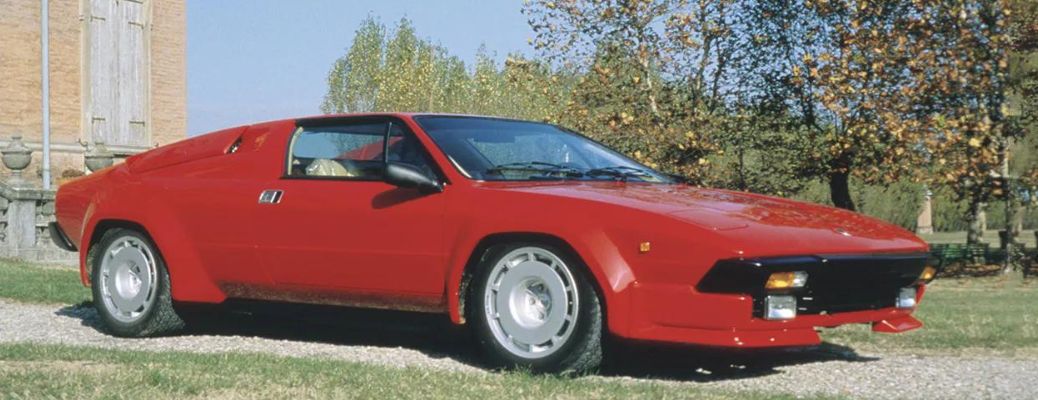Is more downforce in a car always better?
Racecar and supercar manufacturers are always talking about downforce, but is more downforce in a car always better? The short answer is no, but we will explore that topic and more as we take a deep dive into the relationship between cars and downforce.
 First cars to use downforce
First cars to use downforce
As early as the 1920’s, downforce was already being used on cars though for a slightly different reason. The first car to really use downforce was actually a rocket-powered car. Without the downforce provided by its side-mounted wings, the car would have literally taken off. This can actually still be an issue on high-horsepower cars today, though that’s in part due to huge amounts of rear torque ripping the front wheels off the ground in a disastrous wheelie.
Some of the first racing cars to utilize aerodynamics and downforce were actually developed by engineer and racecar driver Jim Hall under his Chaparral racing brand. Many of his cars were known for having huge outlandish wings on the back that would put even ridiculous tuner cars to shame.
Other Racing Tech: What is a monocoque?
When is downforce bad?
Downforce can certainly make your car more stable, but when you are going for sheer speed, downforce can actually be a hindrance. Any increase in downforce also means an increase in drag.
This is why many sportscars with deployable wings not only deploy those wings at high speed but also during braking. Drag doesn’t always mean downforce, but downforce always means drag.
Why is downforce useful in a car?
Other than keeping your nose planted firmly on the ground, downforce does still have a major use. Though it can make your car slower on the straightaways, it can allow your car to corner at higher speeds by increasing the grip of the tires. Imagine sliding a tire across the floor sideways. Now put some bricks in it. There’s a big difference, and that’s what downforce can simulate in a car.
How to get the best of both worlds in cars?
Going back to the example of racing, Jim Hall already had an answer for getting the best of both worlds. Quite famously, his cars could adjust their downforce on the fly. Many of his cars employed an automatic transmission (a relative oddity in the racing world even today), but the cars still had three pedals. That third pedal was used to adjust the rear wing’s angle and thus modulate downforce depending on the situation.
Interestingly, he also developed a “sucker car” known as the 2J which employed a snowmobile engine in addition to its main powerplant. The third pedal connected to the second engine’s throttle. When actuated, it would spool up fans to suck air out from underneath the car.
Modern downforce modulation
In modern cars, modulating downforce doesn’t have to be done with a pedal. In fact, the Lamborghini Aventador SVJ utilizes an advanced computer system to adjust its downforce on the fly. Proving that downforce is necessary for track times, the Aventador SVJ recently broke the production car record at the Nürburgring by having big downforce in the corners and reduced downforce on the straights.





